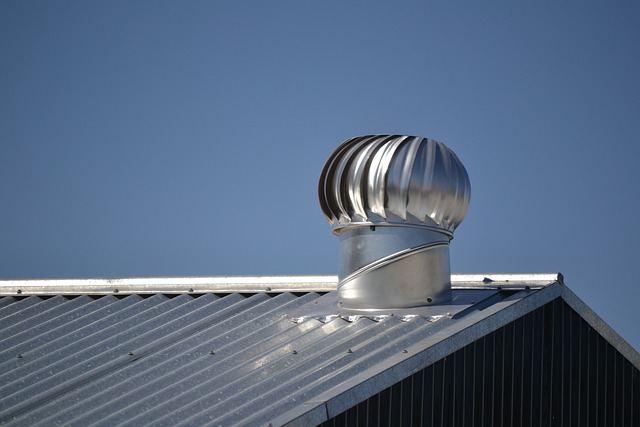Regular roof maintenance services are vital for preserving your home or business's protection against the elements. By scheduling routine inspections and timely repairs, you can prevent costly damage from leaks, storms, and aging. Our expert team offers comprehensive solutions, ensuring your roofing system remains in top condition, enhancing energy efficiency, and extending its lifespan. Tailored maintenance schedules based on regional climate conditions are crucial to prevent issues like mold, mildew, or debris buildup, ultimately saving you money and ensuring optimal roof performance.
Maintaining your roof is essential for protecting your home from the elements. This guide explores how climate significantly influences roofing, breaking down regional weather patterns and their impact on roof integrity. We’ll help you identify high-risk areas prone to damage and provide strategies for roof maintenance services. Learn how to create a personalized schedule tailored to your specific climate, ensuring regular inspections and proactive measures to prevent costly repairs.
Understanding Climate's Impact on Roofs
Regional Weather Patterns and Their Effects
Regional weather patterns play a significant role in dictating optimal roof maintenance schedules, varying widely across different climates. For instance, areas prone to intense and frequent storms may require more regular inspections due to the increased risk of damage from hail, wind, or lightning strikes. Conversely, regions with extended dry spells can lead to issues like drying out and cracking of roofing materials.
Understanding these patterns helps roof maintenance services tailor schedules accordingly. In humid climates, for example, addressing moisture-related problems becomes a priority, while in colder environments, ensuring the robustness of snow loads and preventing ice damming takes center stage during maintenance checks. This climate-specific approach ensures that roofs are maintained effectively, extending their lifespan and safeguarding properties from potential weather-related hazards.
Identifying High-Risk Areas for Roof Damage
Roofs are often the most vulnerable part of a building in regions with extreme weather conditions, making roof maintenance services an essential part of home or business ownership. Identifying high-risk areas is the first step in tailoring effective maintenance schedules. Climatic factors such as heavy snowfall, strong winds, and intense sunlight can all contribute to roof damage over time.
Areas prone to frequent snow accumulation, for instance, require additional reinforcement to prevent structural stress and potential collapse. On the other hand, regions with high wind speeds necessitate robust roofing materials and secure fastenings to withstand these powerful gusts. Regular inspections should focus on these vulnerable zones, ensuring that any repairs or replacements are addressed promptly to avoid more severe and costly damage in the future.
Creating a Maintenance Schedule Tailored to Your Climate
When crafting a maintenance schedule for your property, factoring in your regional climate is paramount. Different climates present unique challenges that can impact the condition and longevity of various components, particularly your roof. For instance, areas prone to extreme temperatures, heavy rainfall, or significant snow accumulation require specific care.
Roof maintenance services should be adapted to these conditions to prevent costly repairs down the line. In snowy regions, regular inspections are crucial to ensure no ice damming or weak spots that could lead to leaks. Humid climates necessitate attention to mold and mildew growth, while dry areas may demand more frequent sweeping to remove dust and debris from roofs. A tailored schedule ensures your roof receives the specific care it needs, enhancing its performance and extending its lifespan.
Regular Inspection and Preventive Measures
By understanding your region’s unique weather patterns and tailoring roof maintenance schedules accordingly, you can significantly extend the lifespan of your roofing system. Regular inspections and proactive measures, such as addressing high-risk areas for damage, ensure that your roof remains in optimal condition, providing protection against the elements and saving you from costly repairs. Investing in roof maintenance services specific to your climate is a smart step towards securing your home’s most valuable asset—its roof.
